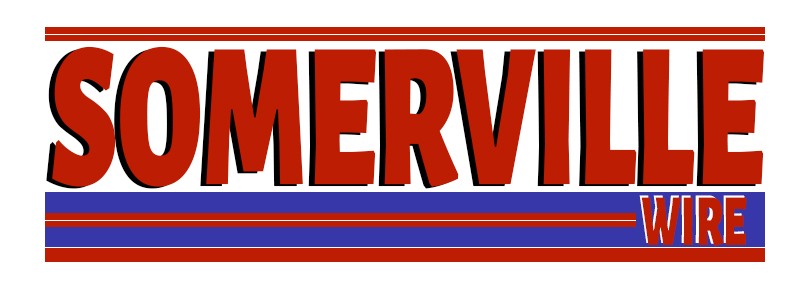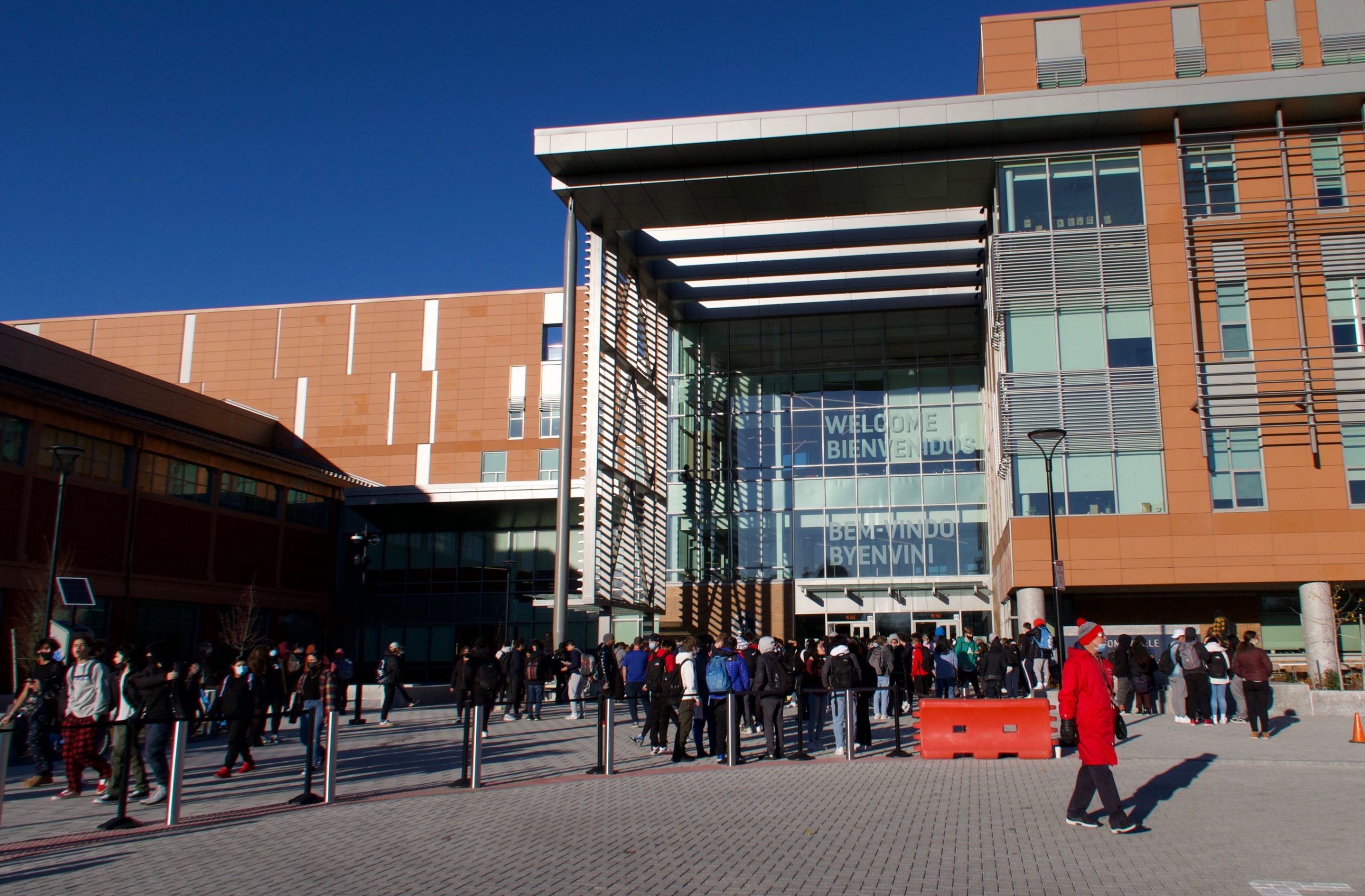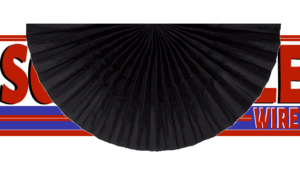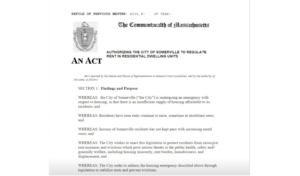“We have to change our menus for schools because there is a lack of constant supply of food.”
On October 15, the Somerville Food and Nutrition Services Department released an announcement about the substitutions of menu items that have been offered regularly in the past. This change was largely due to shortages of food and packaging materials, massive delays or cancellations of deliveries, and department labor shortages. While the situation has slightly improved since then, with substitutions being more occasional, Somerville Public Schools still experience these evolving shortages, according to school representatives.
“These supply issues are occurring throughout the country and are especially challenging for school systems, due to the quantity of meals we serve and the nutrition standards we follow,” Lauren Mancini, the director of Food and Nutrition Services, wrote in the announcement.
The Food and Nutrition Services Department at Somerville Public Schools guarantees and supervises the implementation of the meal programs in Somerville’s public schools, including planning menus, ordering food from groceries, food companies, and vendors, and distributing the raw material to each school.
There are ten public schools in the Somerville area, with more than 5,000 students from pre-kindergarten to K-12. All ten schools are involved in the School Breakfast Program and the National School Lunch Program.
These two programs are federally assisted meal programs that aim to provide nutritionally balanced, low-cost, or free meals to students during the school day.
According to the U.S. Department of Agriculture (USDA), the number of students who are enrolled in the lunch program exceeded 4.8 billion in 2019 and this number leaped after USDA extended free meals to children through the school year 2021-2022 in the Seamless Summer Option (SSO) due to the pandemic.
This also helps the families to reduce the pressure on their food expenses, especially in these unstable periods when supply falls short of demand and prices are rising.
“These free meals definitely help to relieve my family’s stress,” said Anais Lopez, a sophomore student from Somerville High School, who is the oldest child in her family of five, “Grocery shopping is expensive and is a large part of our household spending.”
Even in the middle of the pandemic that the whole world seemed to halt, the Food and Nutrition Services Department stayed strong and served over 5,000 healthy, fresh meals per week for students. However, this past fall, the FNS department was having another huge challenge.
“We have to change our menus for schools because there is a lack of constant supply of food,” said Karyn Novakowski, the Nutrition and Sustainability Coordinator of Somerville Public Schools Administration. “A lot of items we used to order are back-ordered or no longer available now.”
According to the chief U.S. economist at Mizuho Securities, the current shortage in the supply of food and goods stems from an imbalance between the demand that is gradually recovering from the pandemic and the supply that is still being affected by the COVID-19.
Backorder and late deliveries are two major issues caused by supply-chain disruptions across the country. The latter is largely due to the shortage of truck drivers.
From one report given by the American Trucking Association (ATA), the driver shortage had risen to 80,000, an all-time high for the industry. Based on driver demographic trends, including gender and age, as well as expected freight growth, the shortage could surpass 160,000 in 2030.
“All of our vendors are dealing with problems getting drivers to fulfill the orders,” said Novakowski. Schools can no longer attain the items they ordered at a regular frequency as they did in the pre-pandemic time.
This break in the supply chain also makes it hard for grocery store shelves to go back to normal. Russo’s grocery in Watertown, Boston, the largest local vendor providing international foods for public schools in Somerville, closed this fall after more than 100 years in business.
The Food and Nutrition Services Department used to order a variety of food from Russo’s, including fresh fruit, vegetables, organics, and flowers.
“Sometimes we have to do substitutions, we are supposed to get fish from our grocery vendor, and unfortunately due to the delay and delivery, we had to change the item to chicken because that’s what’s in their freezer,” Novakowski added. “We don’t keep tons of food since we want to make sure it is fresh.”
The end of September and the beginning of October were the times when the situation was the worst.
“Everything was slowing down,” Novakowski said.“and we can only wait for the items that were sitting in the shipping container all over the world.”
Facing the uncertainty in delivery timing and backorder circumstances, Novakowski and her colleagues have to make last-minute changes in the school menu sometimes.
“Before this supply chain crisis, we knew exactly what kind of food we could serve in the next following weeks,” she said, “but now things have changed.”
On December 3, the breakfast menu for Somerville High School is assorted whole grain, assorted breakfast bread, and assorted apples. The lunch entree options are assorted pizza, wraps, salads, and sandwiches with French fries.
Instead of posting a PDF menu on the website, this year the school administration introduced an online interactive platform to present the menu so that both students and parents know more clearly what kind of food will appear on the dining table and what ingredients these foods have.
“Parents and students can come to the website and mouseover the food, and they will have a full list of ingredients, along with any allergens that are present,” Novakowski explained.
According to the Centers for Disease Control (CDC), “food allergies are a growing food safety and public health concern that affect an estimated 8% of children in the United States.” Applying such a detailed menu that allows people to check theoretically not only ensures the safety of students with a history of allergies but also provides alternatives for those who have dietary restrictions, such as those with diabetes and religious beliefs.
Novakowski said the Food Department wants to reactivate this service once the food supply chain issue is resolved. Schools have been insisting on the goal of creating a safe and nutritious school dining environment for every student.
Based on the USDA, a free meal should include at least three food categories from Grains, Fruits, Vegetables, Meat or Meat Alternatives, and Dairy, and two fruits and/ or vegetables selected. The Somerville Public Schools provide students with food options that far exceed this standard, even at a time filled with uncertainty.
“One of the things we have to keep in mind when we do the menu is we have to vary each of the food group’s options as much as we can,” said Novakowski. “Our goal is to make sure that we are not serving the exact same type of food every day.”
Currently, public high schools in Somerville offer 5 different choices of entrees, 4-5 kinds of fruits, at least 3 types of vegetables, and 2 different milk choices.
“We have a lot of options for health, sometimes we get one dish from each category and we are allowed to take all vegetables and fruits,” said Lopez. “It’s not about only one option.”
This is not an easy thing to provide various nutritional combinations when the most difficult thing about those days is the unknown.“This is a challenge for all of us when everyone is being asked to do 125% when there is only 75% we have,” Novakowski said.
“But it is sad that we cannot give any answer to kids when they ask what they will get in their next meal because no one can promise what we are going to face tomorrow.”





